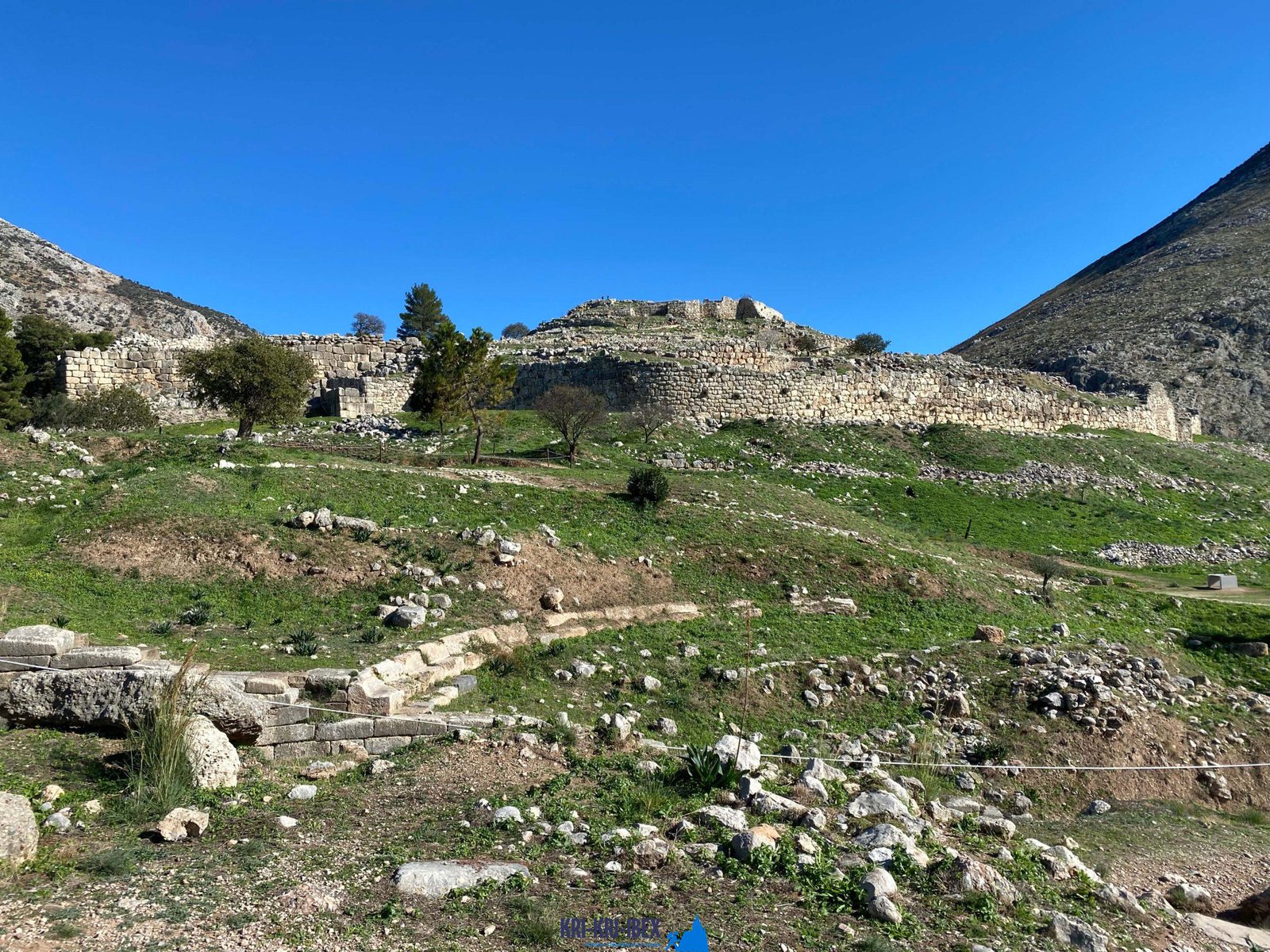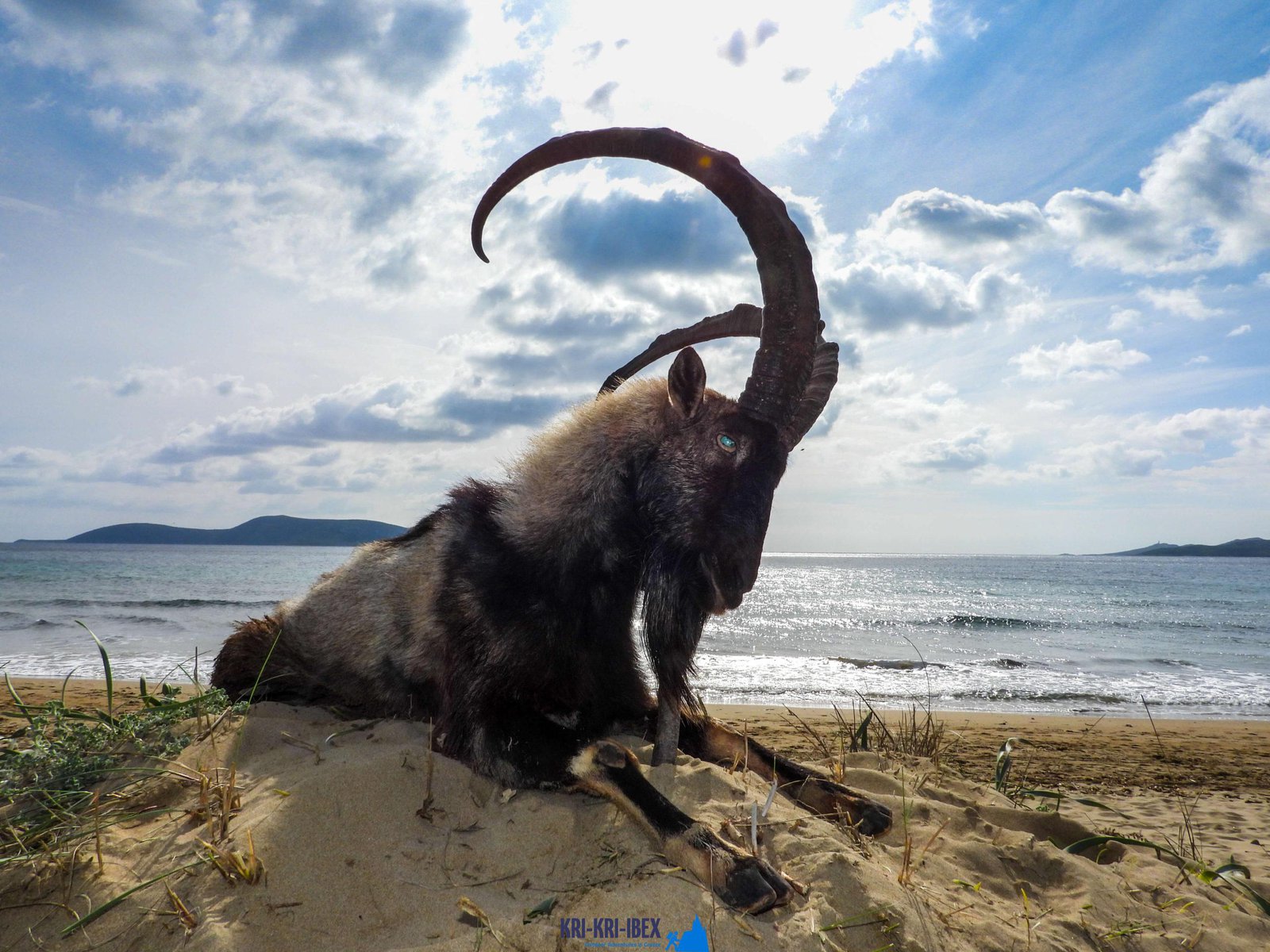
Hunting for Kri Kri ibex in Greece is a fantastic vacation experience. It is not always a difficult search or an unpleasant experience for the majority of hunters. You can experience old Greece, shipwrecks, and also spearfishing during five days searching for beautiful Kri Kri ibex on an unique island. Exists anything else you would certainly like?

There is no collection number of Ibexes, as the population varies. The Kri-Kri is the tiniest ibex varieties (Capra Aegagrus Cretica) in terms of body weight, but it has some lengthy horns. Although some samplings were determined at 115 cm in length, they were not counted in the study. Hunting of the Kri-Kri ibex is currently happening in Greece. An Ibex gold trophy procedures 24 inches long. Hunting is permitted on Atalanti as well as Sapientza islands. On Atalanti, hunting is enabled from the last week of October to the initial week of December. Hunting in Sapientza is allowed the entire month of November, thinking the weather agrees with.
When you show up in the Peloponnese peninsula is the strikingly stunning landscape, the initial point you will see. The hills, rivers, lakes, and woodlands make this location a nature lover's paradise. There are also lots of possibilities for treking, angling, swimming, and other exterior tasks. The Peloponnese peninsula is not simply about its all-natural beauty; there are likewise numerous historic and also cultural websites to discover. Do not neglect additionally fishing, free-diving and also hunting. Some of the most preferred visitor destinations in the Peloponnese include ancient Olympia, Epidaurus, Mycenae, and also Sparta. These locations offer a remarkable glimpse right into Greece's rich background and culture. If you have an interest in discovering more concerning Greek folklore, after that you will certainly want to check out Mount Olympus, residence of the 12 Olympian gods. Obviously, no trip to Greece would certainly be full without trying a few of the delicious food. The Peloponnese peninsula is house to several of the very best olive oil on the planet along with feta cheese, olives, honey, as well as a glass of wine. Make sure to attempt some of the local specialties such as dolma (stuffed grape leaves), Souvlaki (grilled meat skewers), and also Gyro (meat covered in pita bread).
Experience 'Real' Greece with Our Peloponnese Tours. Look no additionally than our Peloponnese tours if you're looking for a genuine Greek experience. From old damages and castles to scrumptious food and also wine, we'll show you whatever that this impressive area has to use. So what are you waiting on? Book your journey today! Your Kri Kri ibex searching in Greece is here!
What is the diference between Kri Kri ibex, Bezoar ibex and hybrid ibex
The kri-kri is not thought to be indigenous to Crete, most likely having been imported to the island during the time of the Minoan civilization. Nevertheless, it is found nowhere else and is therefore endemic to Crete. It was common throughout the Aegean but the peaks of the 8,000 ft (2,400 m) White Mountains of Western Crete are their last strongholds–particularly a series of almost vertical 3,000 ft (900 m) cliffs called ‘the Untrodden’—at the head of the Samaria Gorge. This mountain range, which hosts another 14 endemic animal species, is protected as a UNESCO Biosphere Reserve. In total, their range extends to the White Mountains, the Samaria National Forest and the islets of Dia, Thodorou, and Agii Pandes.
This Ibex is NOT a diminutive form of the Bezoar Ibex, which has migrated into the western-most reach of the range of this species. The kri – kri (Capra aegagrus cretica), sometimes called the Cretan goat, Agrimi, or Cretan Ibex, is a feral goat inhabiting the Eastern Mediterranean, previously considered a subspecies of wild goat. The kri-kri has a light brownish coat with a darker band around its neck. It has two horns that sweep back from the head. In the wild they are shy and avoid tourists, resting during the day. The animal can leap some distance or climb seemingly sheer cliffs.
“The agrimi goat Capra aegagrus cretica is unique to Crete and its offshore islands. It has been identi®ed as a sub-species of the wild bezoar goat Capra aegagrus aegagrus Erxleben, 1777, which it closely resembles in horn shape, body form and coloration. This classi®cation has been disputed by some researchers who claim that the agrimi are feral goats, derived from early domestic stock brought to the island by the ®rst Neolithic settlers. In order to clarify this issue, DNA analyses (cytochrome b and D loop sequences) were carried out on tissue of live and skeletonized agrimi and compared to sequences of wild and domestic caprines. Results conclusively show the agrimi to be a feral animal, that clades with domestic goats (Capra hircus) rather than with wild Asiatic bezoar. This study demonstrates that morphometric criteria do not necessarily re¯ect genetic af®nities, and that the taxonomic classi®cation of agrimi should be revised.”